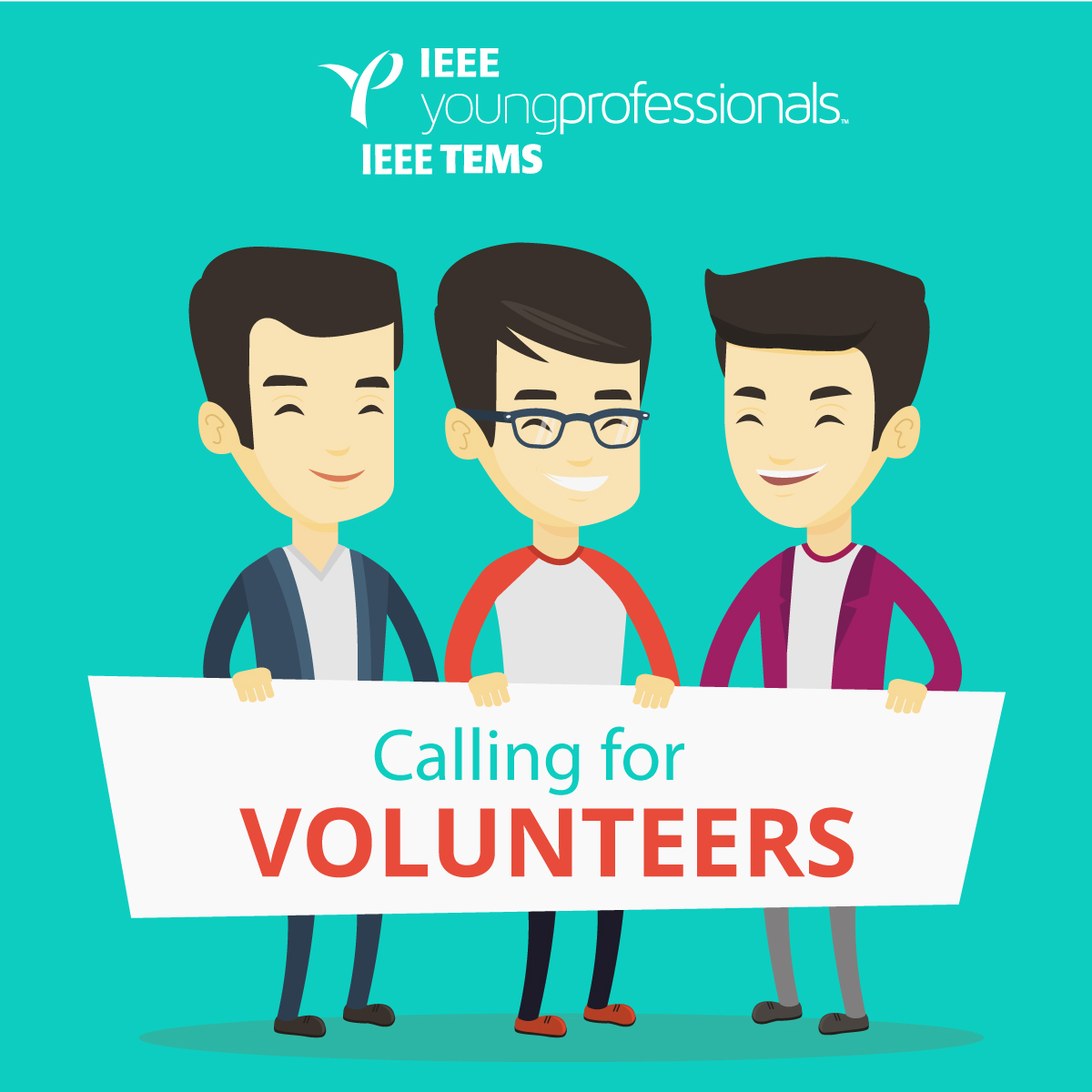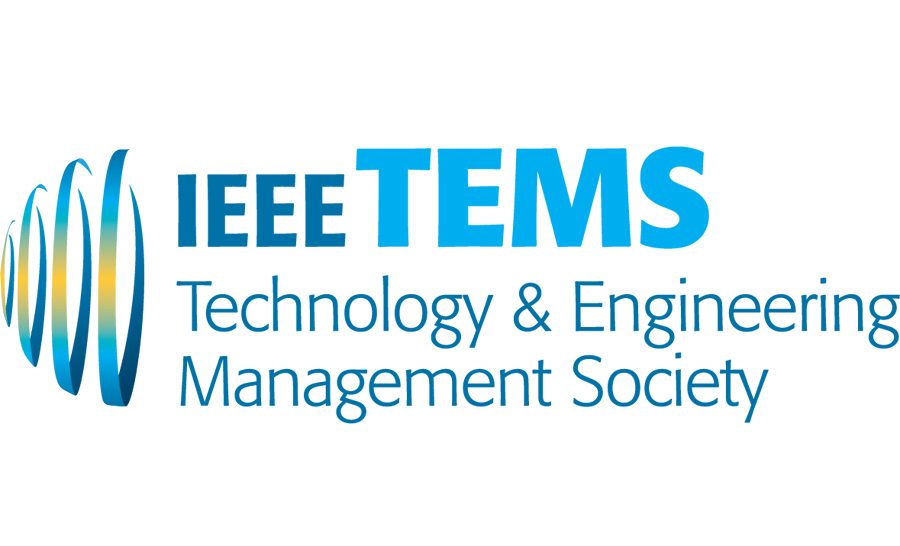In late October the IEEE Future Directions team organized a technology incubator workshop in Arlington, Virginia. The IEEE Future Directions program identifies emerging technologies of interest to the IEEE membership and pursues them as initiatives if these technologies will affect IEEE membership, society, government, and/or industry.
Future directions is central to the IEEE Mission statement, which states:
“IEEE’s core purpose is to foster technological innovation and excellence for the benefit of humanity.”
It is this core mission of IEEE that the IEEE Technology and Management Society (TEMS) plays a critical role. My role as the incoming Editor of the IEEE Engineering Management Review journal is to help achieve this mission through original professional publications for technology and engineering managers, who represent the majority of membership within TEMS.
These incubator workshops bring together multiple IEEE society representatives to discuss and plan for emergent technology initiatives. At least a dozen IEEE societies and initiatives were represented. Industry, government, and academic experts were all in attendance with approximately 30-40 representatives attending.
It was a privilege to be one of the TEMS representatives at this Blockchain Technology initiative incubator workshop.
The incubator workshop purpose focused on forming a plan for approval by IEEE for a new technology initiative around blockchain technology. Although this technology initiative is yet to be approved by IEEE; it does have its own IEEE blockchain website with members working on the initiative for at least the past year.
The IEEE blockchain website includes a number of research reports and featured articles related to the technology, primarily from a use perspective; although some technical reports are also available.
The workshop was held over two days. The first day was focused on the basics and fundamentals of blockchain technology. It was clear that a consensus definition of what is, and what isn’t blockchain, was not easily forthcoming. Given blockchain technology’s relative immaturity, significant additional work is required. This is where IEEE can play a very significant role.
Blockchain has many elements, and depending on whom you ask, the perspective element that plays a core role differs. Terms and elements such as cybersecurity, legal smart contract relationships, distributed ledgers, information transparency, mining, hashing, distributed databases, and provenance permeated the discussion. Blockchain technology successes and challenges introduced by various speakers provided additional provocative discussion and thought.
Yes, bitcoin and fintech were discussed; but many in the audience felt that the blockchain technology should not be constrained by these very popular applications. The platform shift to organizational use applications included competing sources and new companies and developments such as Ethereum. Where blockchain application is meant to shift from open public and freely transparent immutable information; to private supply chains with distributed with relatively limited access and transparency, but still utilizing the blockchain technology platform.
At the end of the first day a number of brainstorming sessions around use cases were presented. Use cases for blockchain technology covered a variety of industries and interests. The block chains in product and process supply chain played a very significant role.
The second day focused on various IEEE resources and administrative units could be influenced and influence blockchain technology. Discussion and brainstorming of how IEEE standards, publications, education, conferences, and other projects can play a role in advancing blockchain technology maturity and adoption were discussed.
The ideas flowed as freely as information in blockchains.
What was my purpose in attending? My primary purpose was as a representative of TEMS. Part of my role is to provide information to the TEMS membership concerning this initiative. This blog is one step in that direction.
My secondary purpose was to wear my EMR editor’s hat. I was there to help identify and encourage experts to provide insights through publication in EMR. These experts can provide insights into managerial and research works around blockchain technology to practicing engineering, managers, and policy makers. If you are reading this blog and wish to provide your insights to colleagues, please feel free to contact me at emr@wpi.edu.
My tertiary purpose is in my role as a researcher. I am a member of a research team at Worcester Polytechnic Institute (WPI) that is considering the application and barriers to adoption of blockchain technology in sustainable supply chains. I could provide insights and acquire initial inputs to research questions we have as a research team.
Overall, this was a very enlightening workshop. But, it felt like drinking through the proverbial fire hose; with information gushing. This situation is promising for blockchain technology and IEEE. There are many opportunities to advance knowledge and application. It is my belief that this is a disruptive technology that will influence commerce, society, and other technologies for decades.
We look forward to publishing many works in Engineering Management Review as this technology is further developed and applied.










Add Comment